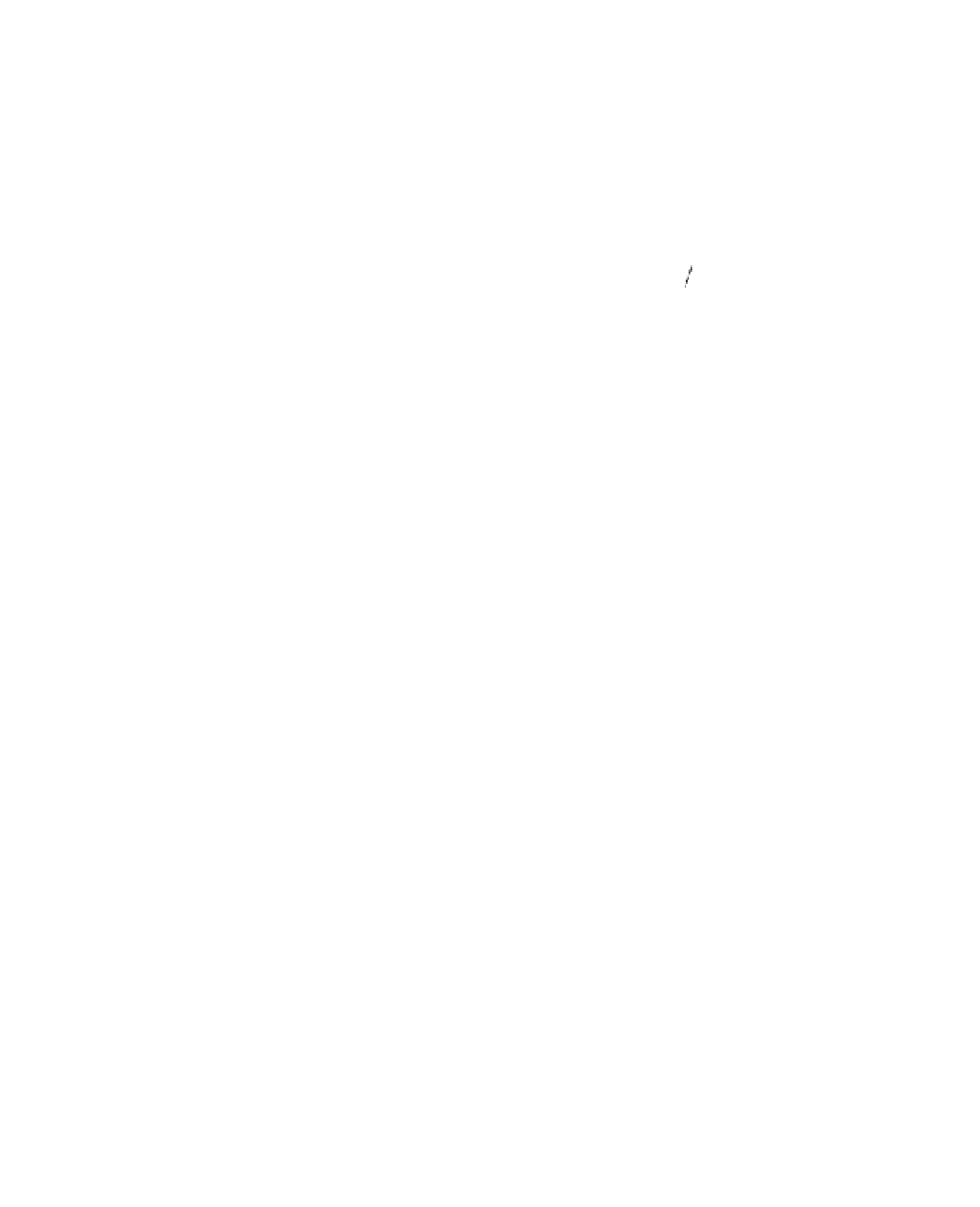Graphics Reference
In-Depth Information
Definition.
A curve is said to be
convex
if it lies entirely on one side of each tangent
line at every point on the curve.
9.3.8. Theorem.
A simple closed curve is convex if and only if either k
S
(s) ≥ 0 for
all s or k
S
(s) £ 0 for all s.
Proof.
See [DoCa76].
One can also show that a curve is convex if and only if it lies in the boundary of
its convex hull.
Definition.
A
vertex
of a plane curve F(s) is a point where , that is, k
S
has
a local extremum. (Sometimes a vertex is defined to be a point where k
S
has a rela-
tive minimum or maximum.)
d s
k
= 0
S
An ellipse that is not a circle has four vertices, namely those points where the axes
of the ellipse meet the ellipse. It turns out that no regular closed convex curve has less
than four vertices.
9.3.9. Theorem.
(The Four Vertex Theorem) A simple closed convex curve has at
least four vertices.
Proof.
See [DoCa76] or [Gray98]. For the polygonal analog of this theorem see
[Taba00].
The proof of the Four Vertex Theorem actually shows that the curvature function
has at least two local maxima and two local minima. Rephrased in those terms, the
theorem has a partial converse.
9.3.10. Theorem.
Let k : [a,b] Æ
R
2
, a < b, be any strictly positive function which,
along with all of its derivatives, takes on the same value at a and b. If k is either con-
stant or has at least two maxima and two minima, then there is a simple closed curve
F : [a,b] Æ
R
2
whose curvature function is k.
Proof.
See [Gluc71].
Given a simple closed curve in the plane, the Jordan curve theorem implies that
it divides the plane into two regions, a bounded and an unbounded part.
Definition.
The bounded part of a simple closed curve in the plane is called the
inte-
rior
of the curve or the
region bounded by the curve
.
An old problem in geometry is the following:
The isoperimetric problem:
Of all simple closed curves in the plane with a given length,
which one bounds the largest area?
The isoperimetric problem is solved by the next theorem, which says that the obvious
answer, namely the circle, is the correct answer.

